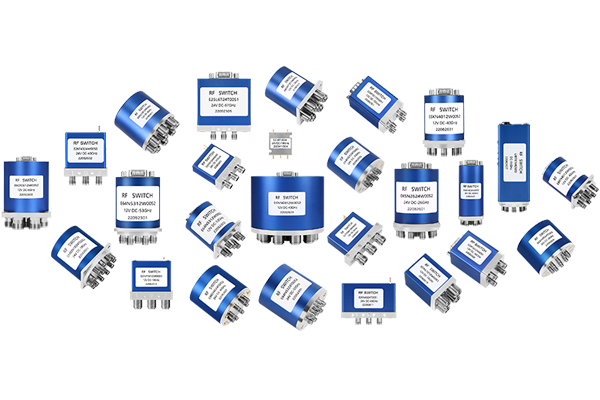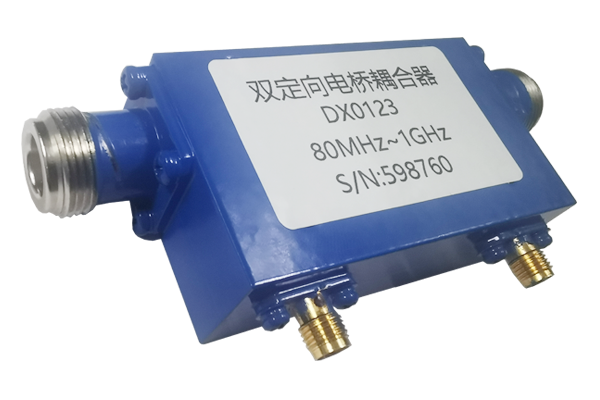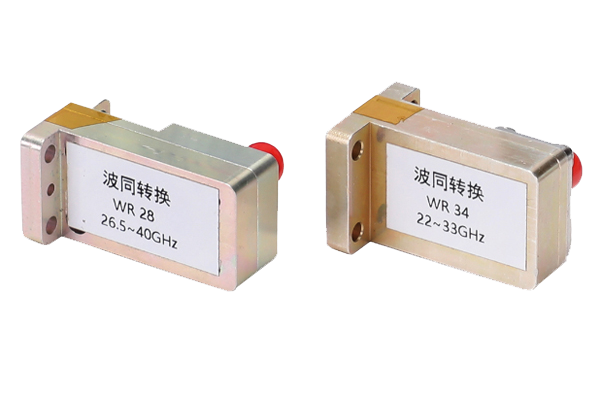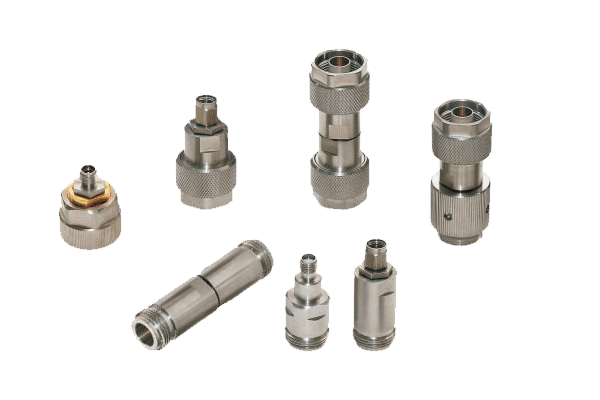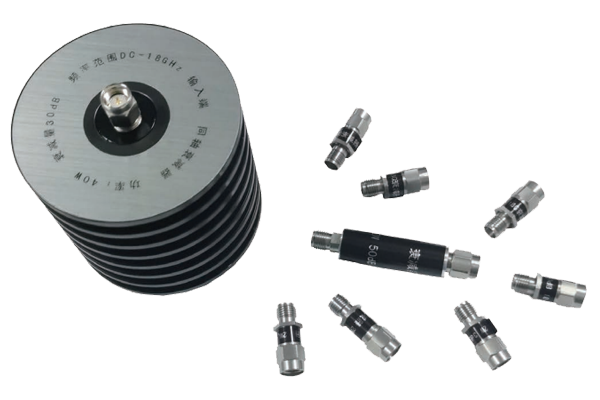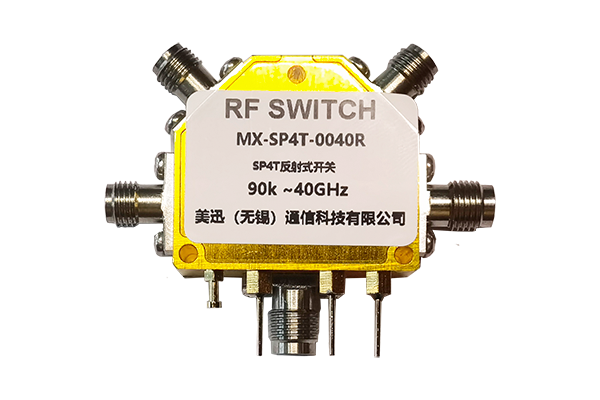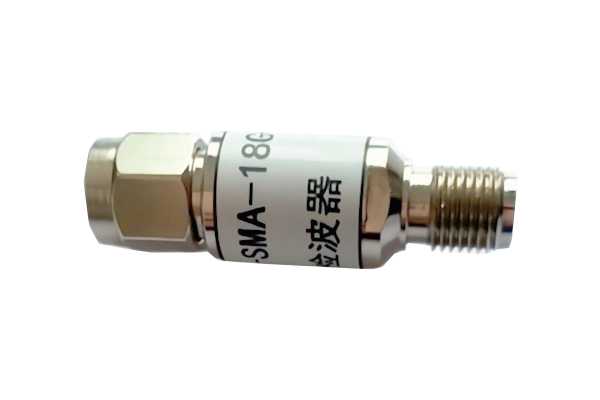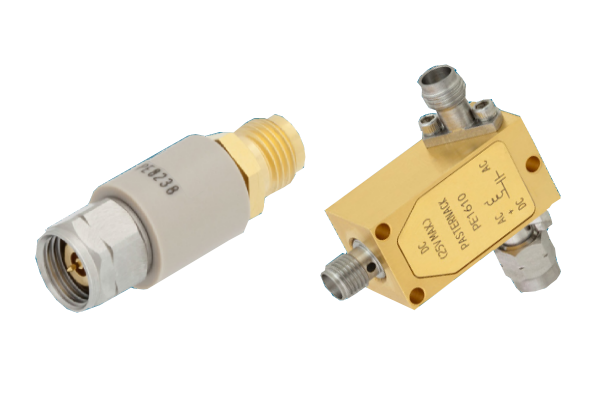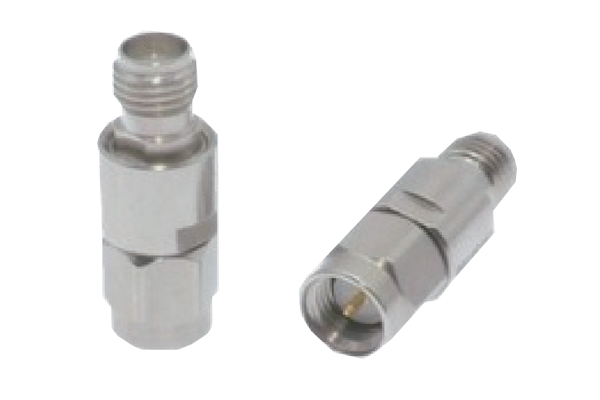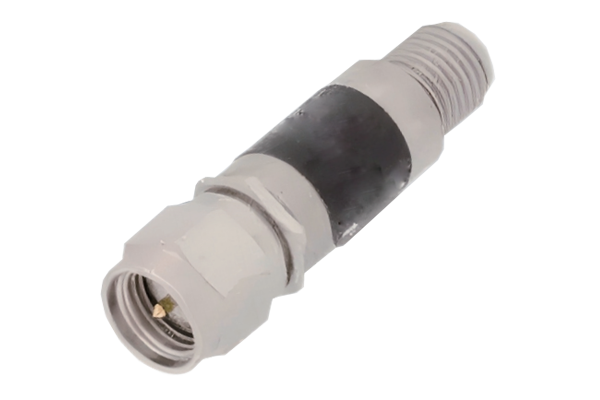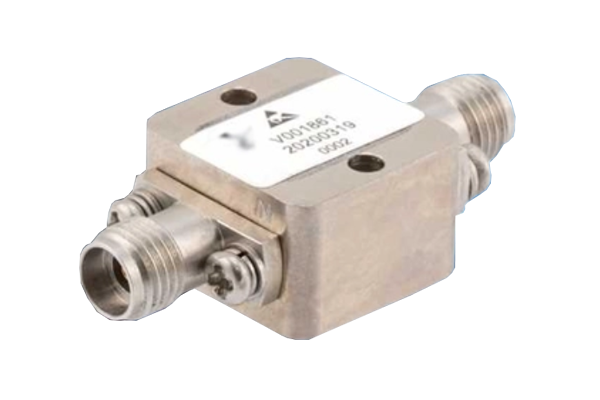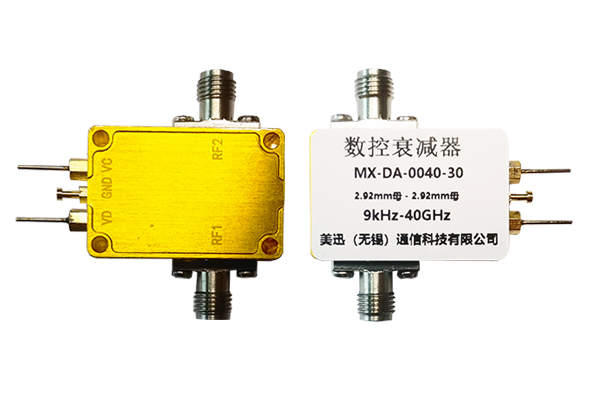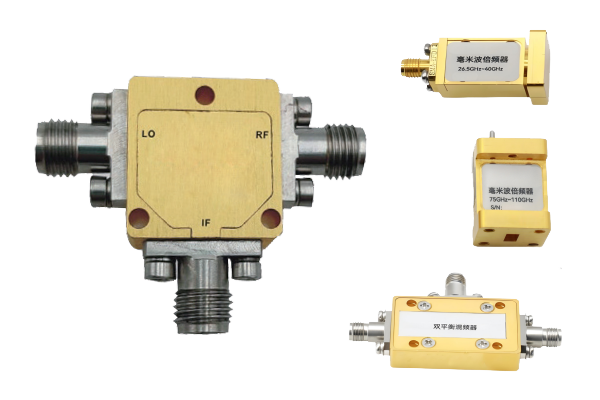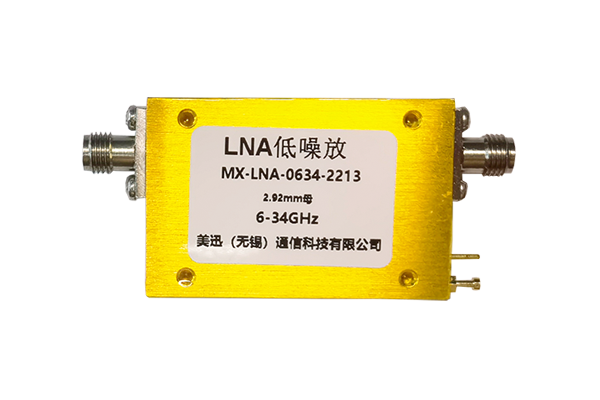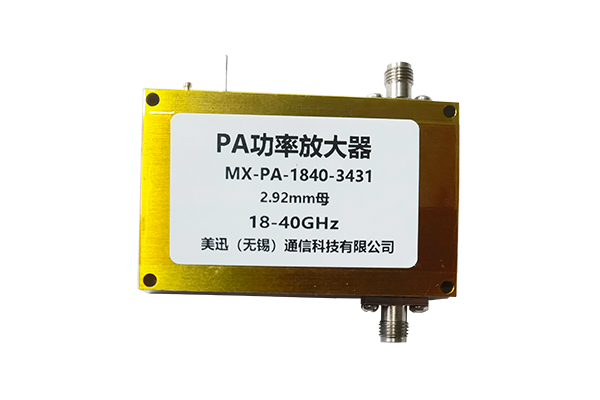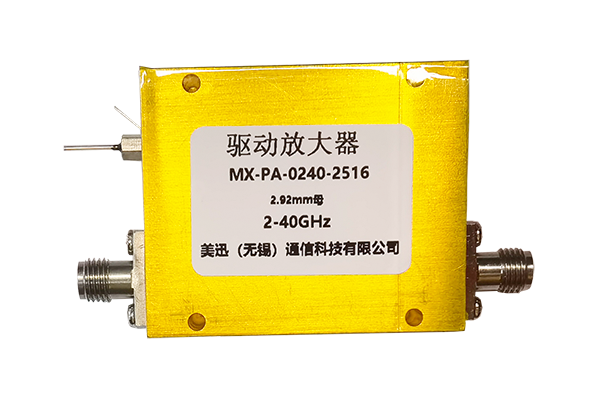Power amplifier How to connect devices
Power Amplifier Connection Guide
1. Prepare Connection Cables
Select appropriate cables for signal transmission and power delivery.
-
Audio Input Cables:
- - RCA for analog signals
- - XLR/TRS for balanced signals Pro
-
Speaker Cables:
- - Use 12-16 AWG thickness
- - Essential for long-distance runs
- All cables should be shielded to minimize interference
2. Connect Source Devices
Step 1: Locate Input Ports
-
Match source (mixer, CD player, etc.) to labeled inputs:
- - CD
- - AUX
- - Phono
- - Line In
- Use appropriate cable for each connection
Step 2: Grounding (Professional Setups)
- Connect ground wire between source and amplifier
- Prevents hum or static noise
- Especially important for turntables and pro audio gear
3. Connect Amplifier to Speakers
Step 1: Identify Speaker Terminals
- Match + (positive) and - (negative) terminals
- Ensures proper phase alignment
- Check both amplifier and speaker labels
Step 2: Wire Connection
- Strip cable ends and twist wires
-
Secure in:
- - Screw-down terminals
- - Banana plug ports
- Prevent exposed wires from touching to avoid short circuits
4. Power Connection & Safety
Step 1: Plug in the Amplifier
- Use a surge protector
- Essential for high-power systems
Step 2: Power On Sequence
- First: Turn on source devices
- Then: Turn on amplifier
- Reduces "pop" noises from transient currents
Step 3: Verify Polarity
- Play test tone
- Correct: Speakers vibrate outward
- Incorrect: Reverse wires if vibration is inward
5. Adjust Settings
- Set input gain to match source level (avoid clipping)
- For multi-zone systems: Use selector switches
- Balance channels if needed



